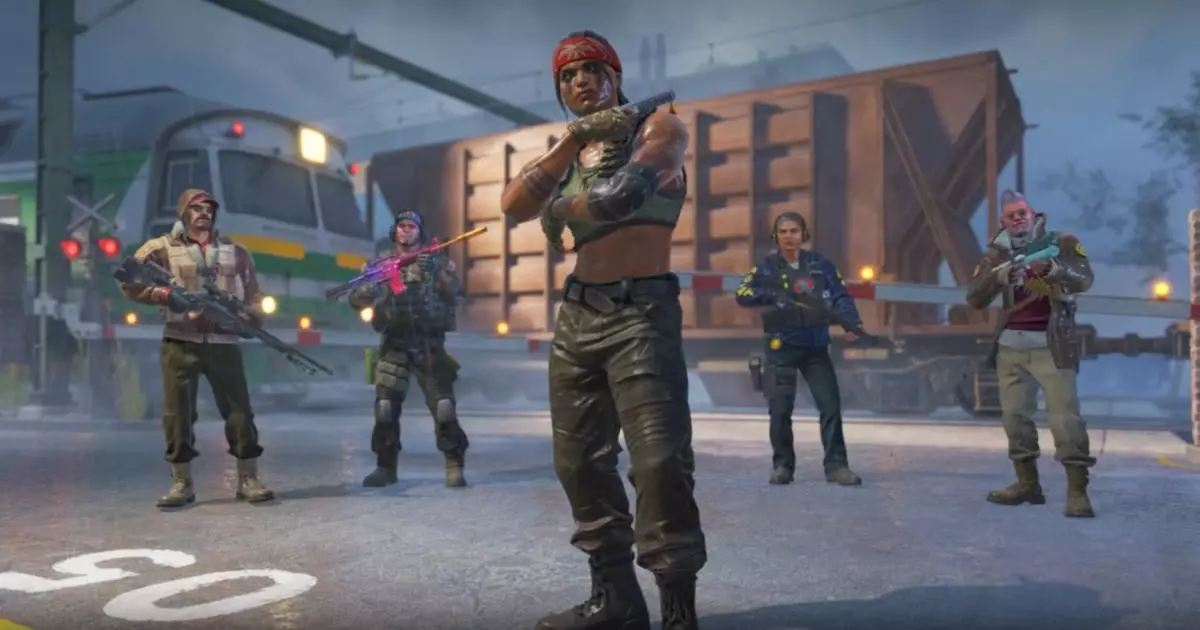Valve’s recent overhaul of Counter-Strike’s iconic Train map signifies a remarkable pivot in how classic maps are approached in the modern gaming landscape. Originally designed with a straightforward layout, Train had become a mainstay of competitive play, but its uninspired aesthetics left much to be desired. The newly reimagined Train is not just a visual refresh; it also embraces deeper tactical complexities, signaling an evolution in game design that prioritizes player engagement and strategic diversity.
Gone are the days of the bright, bland visuals typical of Train’s earlier iterations. With the introduction of a “full visual overhaul,” the map now presents a more dynamic atmosphere, characterized by increasing cloud cover and the delicate patter of rain. The rain enhances gameplay with puddles that create reflections, adding a layer of realism previously absent from the map. This not only affects the visual experience but also alters the interplay of light and shadow, forcing players to adapt their strategies in real-time. The addition of graffiti and rust brings a gritty authenticity that resonates with the narratives of urban decay, portraying a world that feels lived-in and vibrant.
One of the primary concerns with the original Train was the dominance of narrow sightlines, which often led to predictable gameplay patterns, particularly favoring sniper play. The new design purposefully expands these sightlines, promoting an environment ripe for varied combat encounters. This redirection aims to foster creativity in tactics, encouraging players to innovate rather than default to long-range weapons like the AWP. The redesign embodies a tactical depth that invites players to explore multiple approaches, making engagements more dynamic and unpredictable.
Despite the engaging visuals and expanded tactical layout, emergent debates about Train’s competitive viability linger. Observers have noted existing spawn point issues that could lead to imbalances between teams. These concerns highlight the importance of testing and feedback loops within the gaming community. Valve’s receptiveness to player input is further illustrated by their simultaneous updates to Overpass and the introduction of new community maps, such as Basalt and Palais. This demonstrates a commitment to refining gameplay mechanics and ensuring a balanced competitive ecosystem.
As Train undergoes its initial test phases in Counter-Strike 2, it is clear that Valve is committed to enhancing player experience through substantial updates. This balance between visual artistry and gameplay mechanics offers a glimpse into the future of the franchise. While it may still be premature to deem Train “competitive ready,” the updates indicate a willingness to refine and adapt classic maps to meet contemporary gaming standards. As players continue to explore these changes, the enduring legacy of Counter-Strike is poised for a fresh and exciting chapter. With an eye on community engagement, Valve’s approach could well define the trajectory of esports in the years to come.

